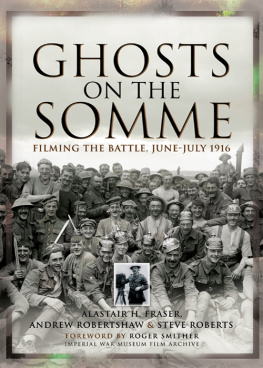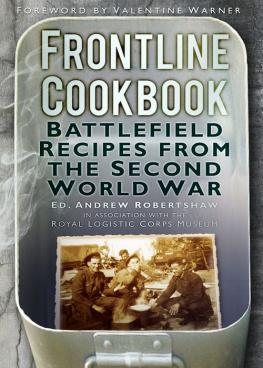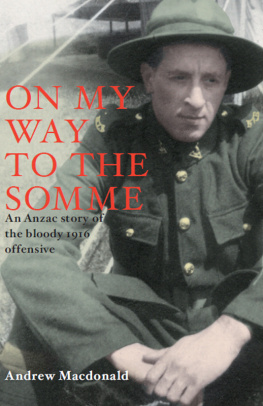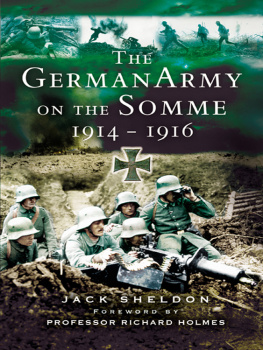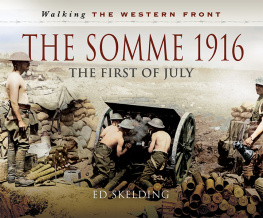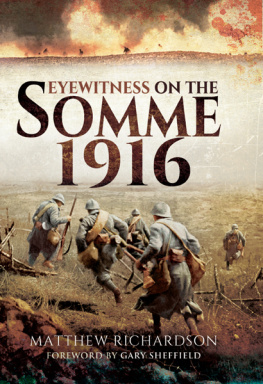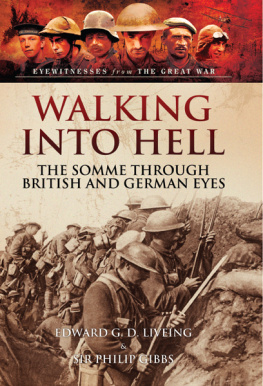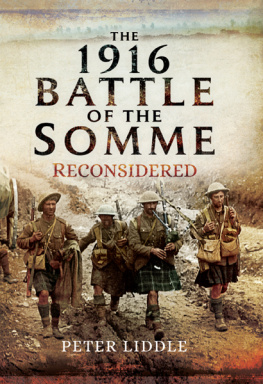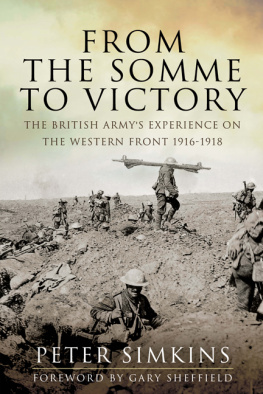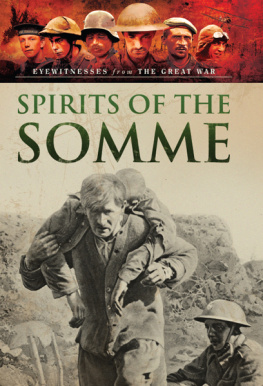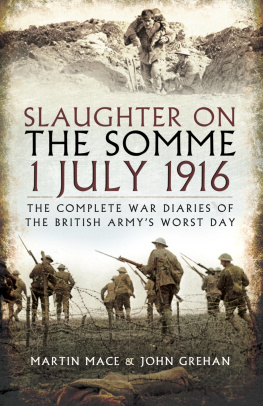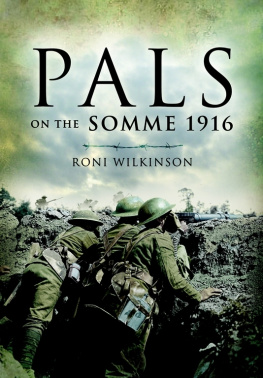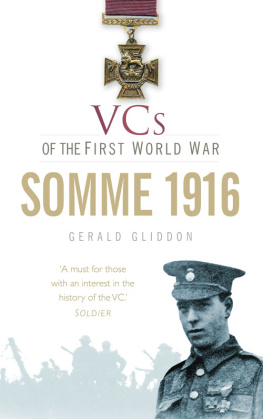
First published in Great Britain in 2009 by
Pen & Sword Military
an imprint of
Pen & Sword Books Ltd
47 Church Street
Barnsley
South Yorkshire
S70 2AS
Copyright Alastair H. Fraser, Andrew Robertshaw and Steve Roberts, 2009
Maps Keith Maddison, 2009
ISBN 978 84415 836 2
ISBN 9781844682706 (epub)
ISBN 9781844682713 (prc)
The right of Alastair H. Fraser, Andrew Robertshaw and Steve Roberts to be identified as the Authors of this Work has been asserted by them in accordance with the Copyright, Designs and Patents Act 1988.
A CIP catalogue record for this book is available from the British Library.
All rights reserved. No part of this book may be reproduced or transmitted in any form or by any means, electronic or mechanical including photocopying, recording or by any information storage and retrieval system, without permission from the Publisher in writing.
Typeset in Ehrhardt by
Phoenix Typesetting, Auldgirth, Dumfriesshire
Printed and bound in England by
CPI UK
Pen & Sword Books Ltd incorporates the Imprints of Pen & Sword Aviation,
Pen & Sword Maritime, Pen & Sword Military, Wharncliffe Books,
Pen & Sword Select, Pen & Sword Military Classics and Leo Cooper.
For a complete list of Pen & Sword titles please contact
PEN & SWORD BOOKS LIMITED
47 Church Street, Barnsley, South Yorkshire, S70 2AS, England
E-mail:
Website: www.pen-and-sword.co.uk
CONTENTS
The Publishers have included several historically important wartime photographs that cannot be reproduced to our usual high standards. It was felt that they were of sufficient interest to the reader to be included.
ABBREVIATIONS
| ADD | Accumulated Degree Days (Forensic) |
| ADS | Advanced Dressing Station |
| CCS | Casualty Clearing Station |
| CMG | Companion of the Order of St Michael and St George |
| CP | Collecting Post |
| CWGC | Commonwealth War Graves Commission |
| DH | Sir Douglas Haig's great push |
| DSO | Distinguished Service Order |
| FOO | Forward Observation Officer |
| GHQ | General Headquarters |
| GS | General Service |
| HTMB | Heavy Trench Mortar Battery |
| IR | Infanterie Regiment (German) |
| IWM | Imperial War Museum |
| KW | Kinematograph Weekly |
| MC | Military Cross |
| MDS | Main Dressing Station |
| MGC | Machine Gun Corps |
| NCO | Non-commissioned Officer |
| OH | History of the Great War based on Official Documents |
| RAMC | Royal Army Medical Corps |
| RAP | Regimental Aid Post |
| RIR | Reserve Infanterie Regiment (German) |
| RMO | Regimental Medical Officer |
| SAA | Small Arms Ammunition |
| SC | Screen |
| TBS | Total Body Score (Forensic) |
| TF | Territorial Force |
| TMB | Trench Mortar Battery |
| VC | Victoria Cross |
| VN | IWM Viewing Notes |
ACKNOWLEDGEMENTS
This project has involved many people who have helped with photographs, information, time, driving, hospitality and advice; space prevents full explanations but we are extremely grateful to everyone for their assistance, many above and beyond the call of duty.
Family: Minnie, Simon, Freya and Alice Fraser, Kate and Ian Mellor, Ruth Fanshawe; Lesley Wood and Anthony Roberts; Janice and Lilly Robertshaw.
Pen and Sword: Rupert Harding, Sarah Cook and Jon Wilkinson.
Malins family: June Bristow, Lisa Siorvanes.
Imperial War Museum: Toby Haggith, Hilary Roberts, Tom Adams, George Smith and the staff of the Library and Photograph Archive. Special thanks to Roger Smither for the Foreword and much valuable advice.
Yap Films: Pauline Duffy, Elliott Halpern, Herrie Ten Cate, Robert Guerin, Peter Sawade, Mary Petryshyn, and especially Judy Ruyzlo.
London Scottish Regimental Museum: Major Stuart Young and Clem Webb.
No-Man's-Land: all our friends and colleagues, particularly Dave Kenyon, Pete Moore, Dan Phillips, Richard Culyer, Ralph Whitehead, Alexander and Petra Brunotte, and for the maps Keith Maddison.
Fusiliers Museum, Bury: Col. Mike Glover, Tony Sprayson, Paul Dalton, Helen Castle.
Lip-reading: Jessica Rees.
National Media Museum, Bradford: Ruth Kitchin, Michael Harvey.
Oceanvillas Tea Rooms, Auchonvillers: Avril and Mark Williams as always.
Individuals: Kevin Brownlow, Paul Reed, Martin Pegler, Steve Hurst, David Pinney, Professor Alf Linney, Dr Nicholas Hiley, Dr Nicholas Saunders, Dr Tal Simmons, Chris McCarthy, Dr Francis Jones, Paul Blackett and Clive Bowery.
Alastair Fraser
Andrew Robertshaw
Steve Roberts
April 2008
MAPS
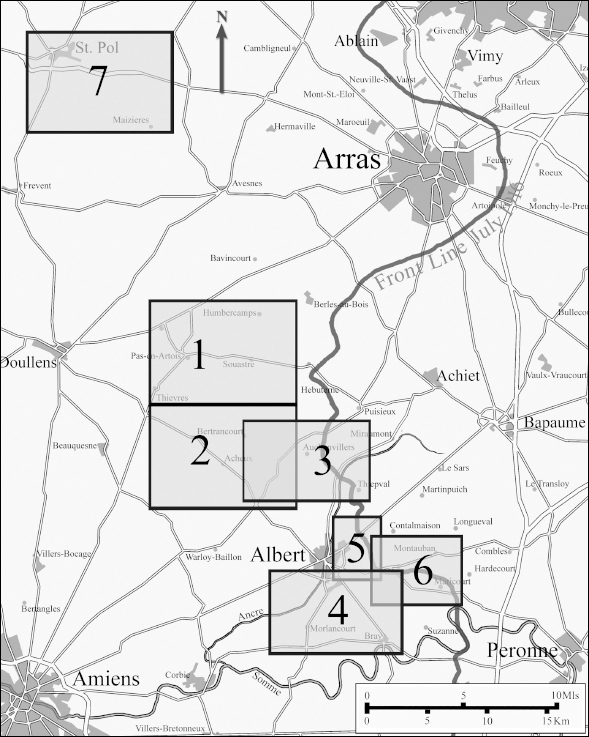
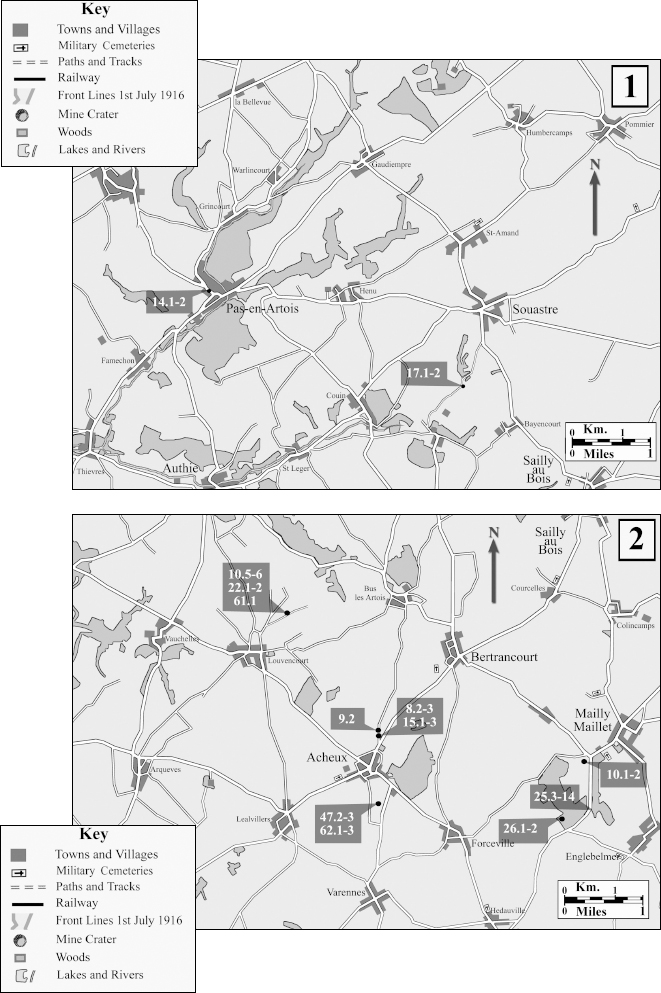
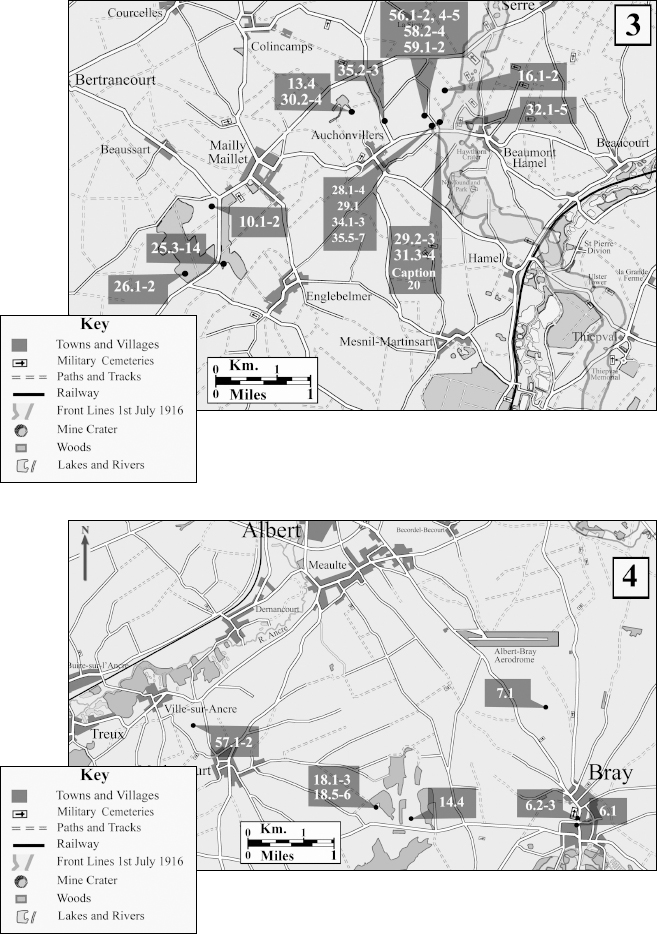
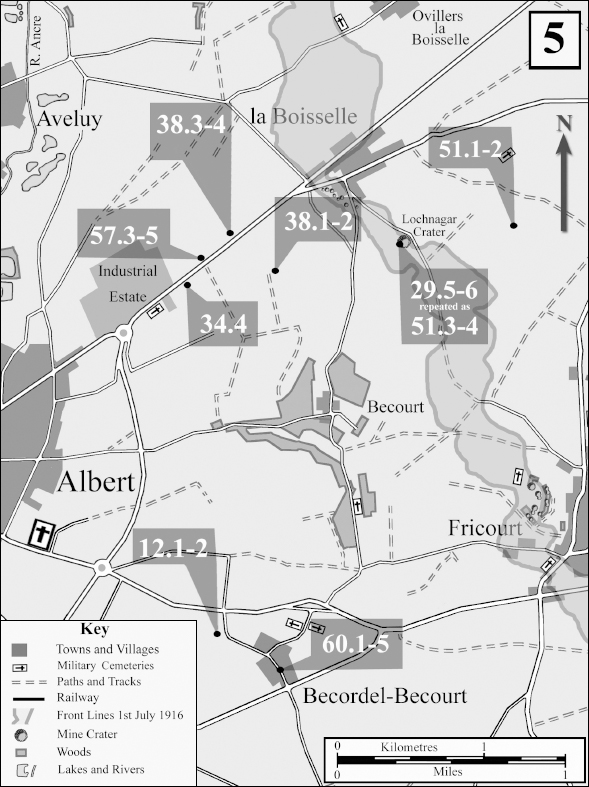

FOREWORD
The Battle of the Somme has long been recognised as one of the jewels in the collection of the Imperial War Museum's Film and Video Archive, an opinion formally endorsed in 2005 when the film became the first item of British documentary heritage to be accepted for inscription on UNESCO's Memory of the World register. To mark this honour, as well as the 90th anniversary of the end of the First World War, the Museum in 2008 published The Battle of the Somme on a new DVD, featuring a full digital restoration of the film and two different, specially recorded musical accompaniments.
As the Museum's application for UNESCO registration made plain, The Battle of the Somme is important both as the world's first feature-length battlefield documentary and for a number of other reasons. These include the precedents it set in propaganda technique, the issues it raised about the portrayal of warfare for a general audience, and the role it played in turning film from a little-valued form of mass entertainment into a medium worthy of inclusion in the collections of a major national museum.
The film's greatest importance, however, and the reason for its astonishing success with British cinema audiences on its release in 1916, was the feeling among members of those audiences that the film was making it possible for them to share some of the reality of what their husbands, sons, brothers, neighbours and other loved ones were experiencing in the actual battle of the Somme.
This sense of engagement with reality has continued through the years following the end of the First World War. The film is the source of several of the most iconic images used to invoke the Western Front, the First World War or even twentieth-century warfare in general in popular imagination. Images such as the great mine explosion at Beaumont Hamel, the nervous troops in the Sunken Lane, the over the top charge, the trench rescue of a wounded comrade, the treatment of casualties and the faces of the survivors are all very familiar to millions of people who have no idea where they originated.
Next page
